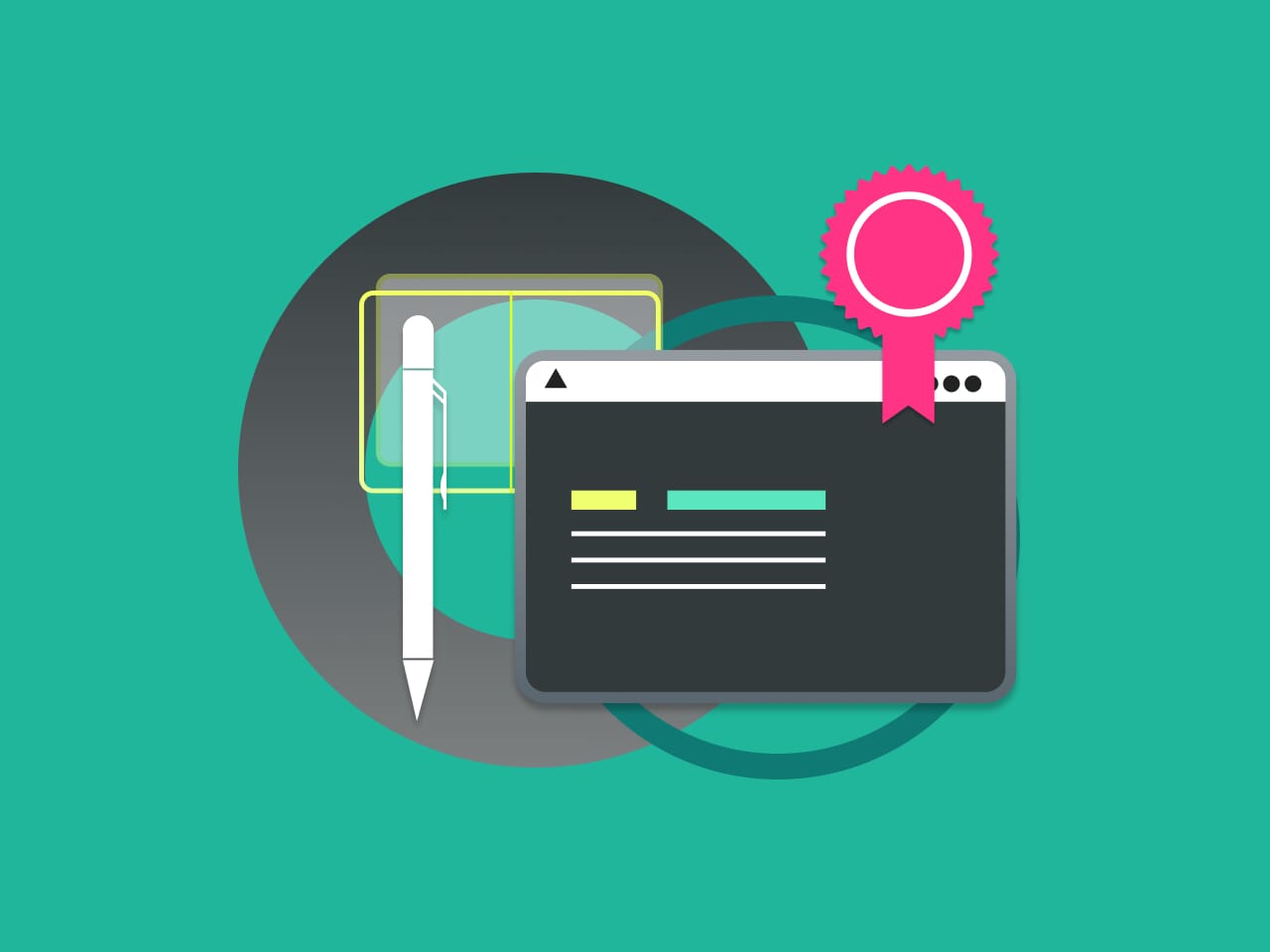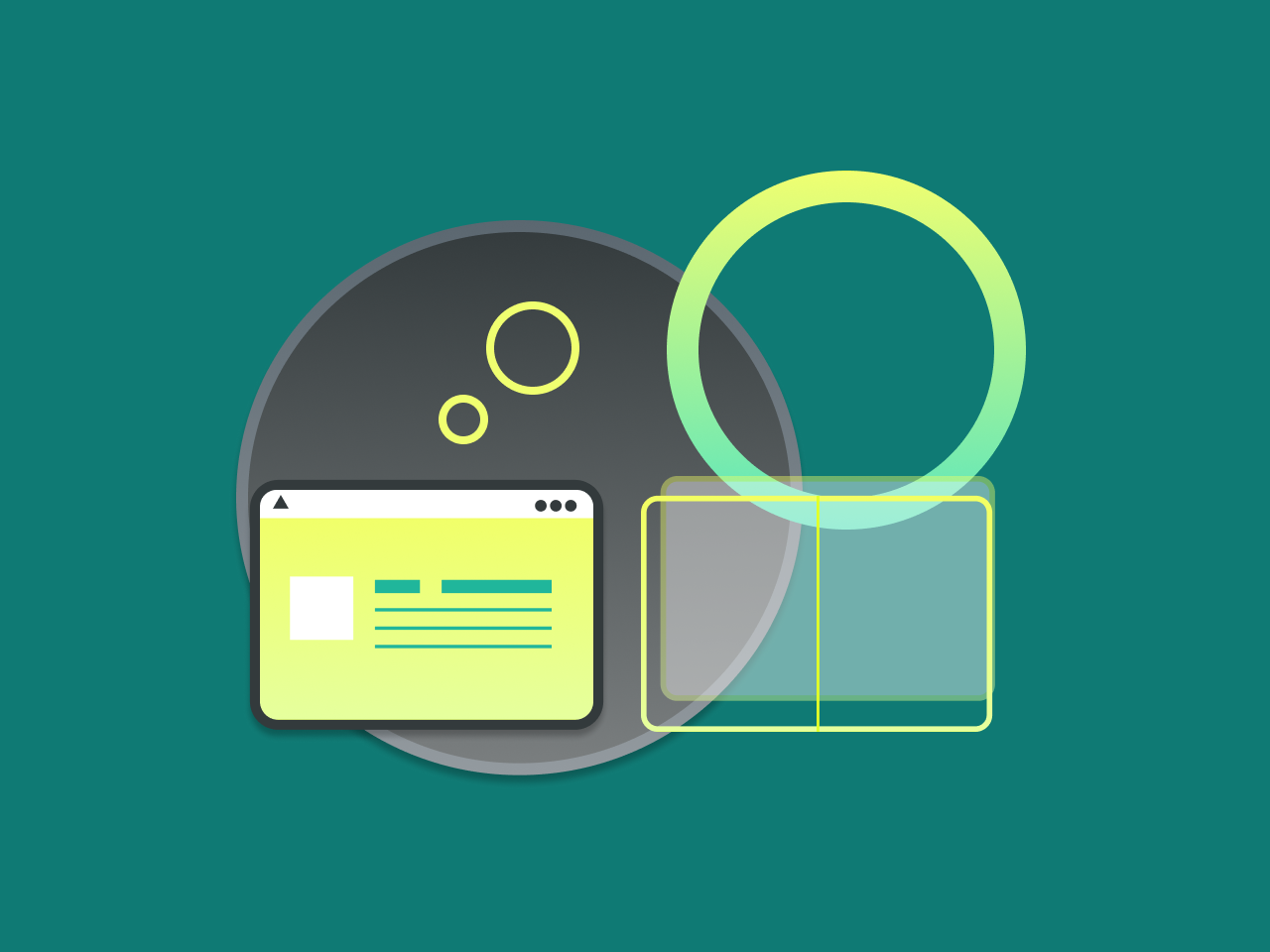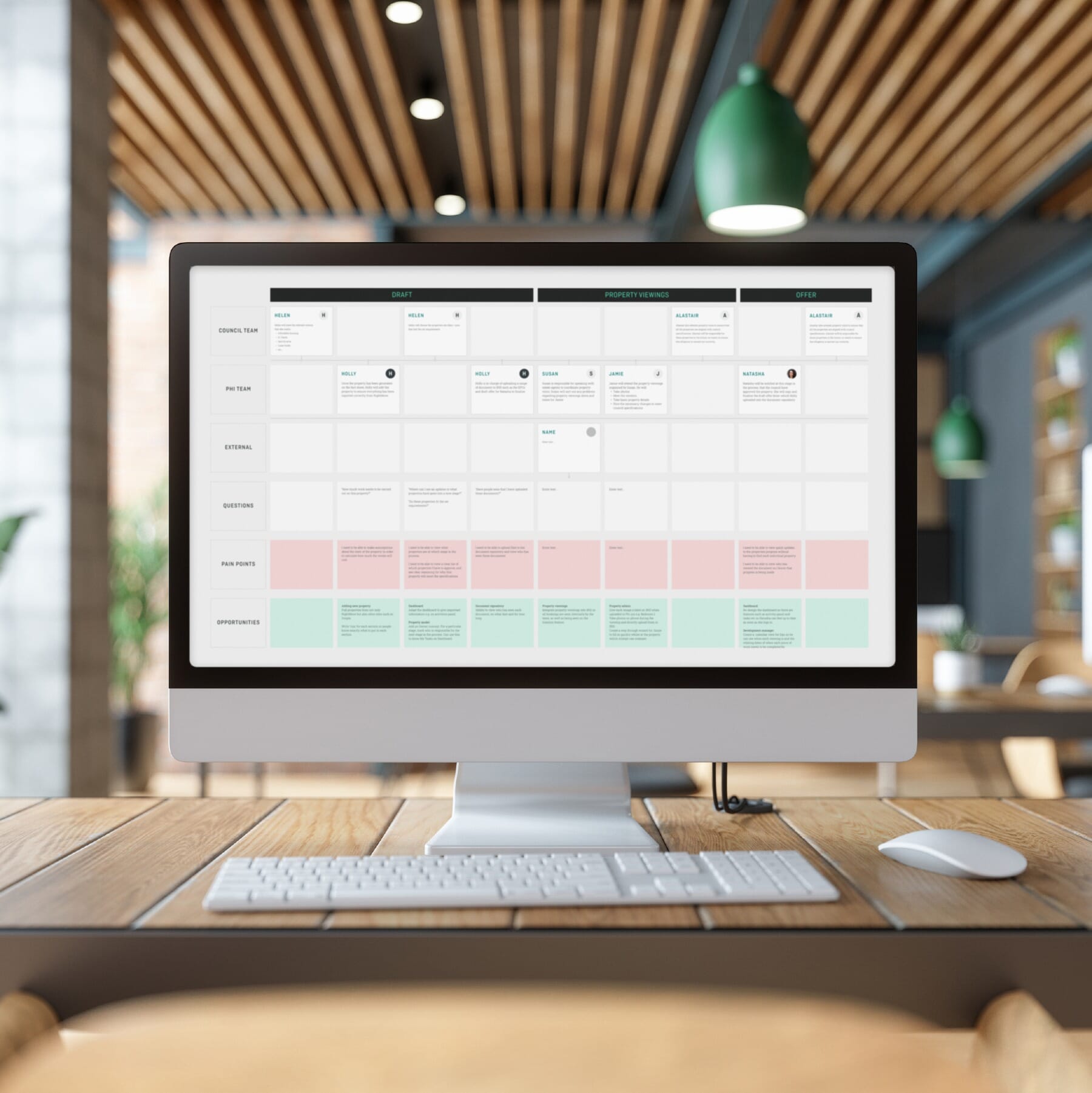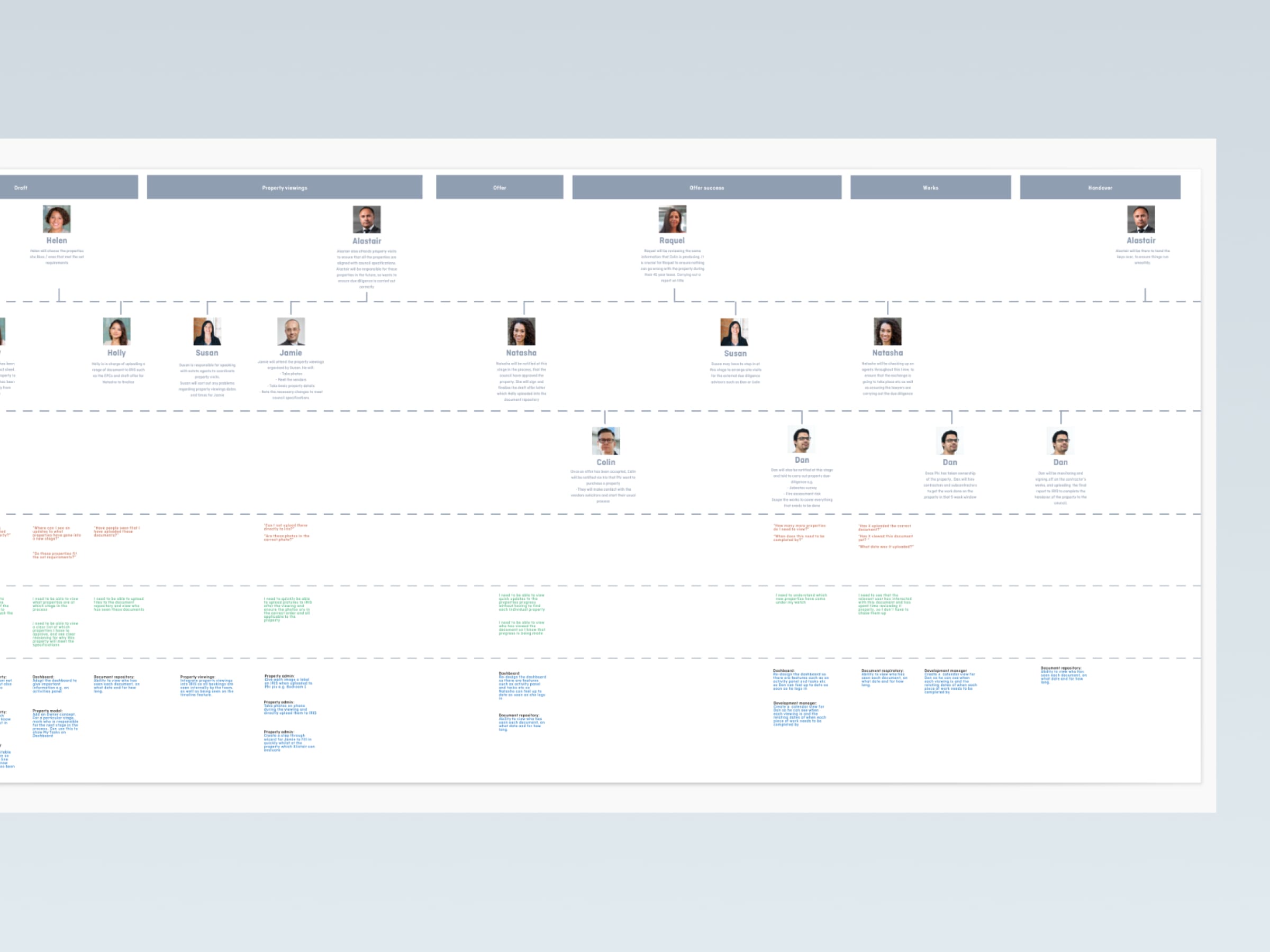
What is customer experience (CX)?
Customer experience design, or CX, is the impression a customer forms based on all the interactions they have with a brand/digital product, from their first encounter to continued support and engagement. It concerns not only the functional aspects of a business but also the emotional impact on customers, influencing their loyalty and overall perception of the brand.
In practice, CX includes every touchpoint across all channels. When businesses are able to create a seamless and positive customer experience, they can expect more customer loyalty, more recommendations (from happy clients/users/customers), and, ultimately, a more competitive edge in their market. For modern brands, investing in CX has become essential for driving sustainable growth and building lasting customer relationships.
What is service design?
On the other hand, service design focuses on the systems and processes behind delivering an exceptional customer experience. It’s a holistic approach that involves planning and organising internal resources—like people, infrastructure, and policies—to improve service delivery and make each customer interaction as smooth and satisfying as possible.
Service design goes beyond individual touchpoints, looking instead at the entire service ecosystem to ensure consistency and efficiency. By focusing on the “behind-the-scenes” operations that enable seamless CX, service designers help to create customer-centric services that are effective, scalable, and aligned with the business’s overall goals. This approach is invaluable for companies aiming to optimise their services and consistently meet or exceed customer expectations.
Comparison: CX vs service design
While both customer experience (CX) and service design aim to create seamless and effective customer interactions, they differ significantly in their focus, goals, and implementation. Let’s explore these differences in more detail.
Customer experience (CX) focuses on creating a satisfying, memorable journey for customers across every touchpoint of a brand. This customer-centric approach means understanding and shaping each interaction to be as positive as possible—whether it’s browsing a website, speaking to support, or using a product. In practice, CX involves analysing customer feedback, identifying pain points, and making improvements to meet (or even exceed) customer expectations. For instance, if customers find a checkout process too complicated, CX strategies might streamline it, making payment options clearer or reducing steps. The ultimate aim is to build loyalty by ensuring every experience feels personalised and rewarding, leading to stronger relationships and higher retention.
Service design, on the other hand, is about designing and optimising the systems, processes, and tools that enable high-quality service delivery. This system-centric approach involves taking a holistic view of the entire service ecosystem to make sure each component—whether technology, people, or workflow—functions efficiently together. In practice, service design might involve mapping out the end-to-end process of a service to find areas causing delays or confusion, known as bottlenecks. For example, if a service has a high volume of support requests, a Service Design strategy could include implementing self-service tools, streamlining information access for support staff, or improving team workflows. The goal is to create a smooth, interconnected system that not only supports customer needs but also ensures the business operates efficiently.
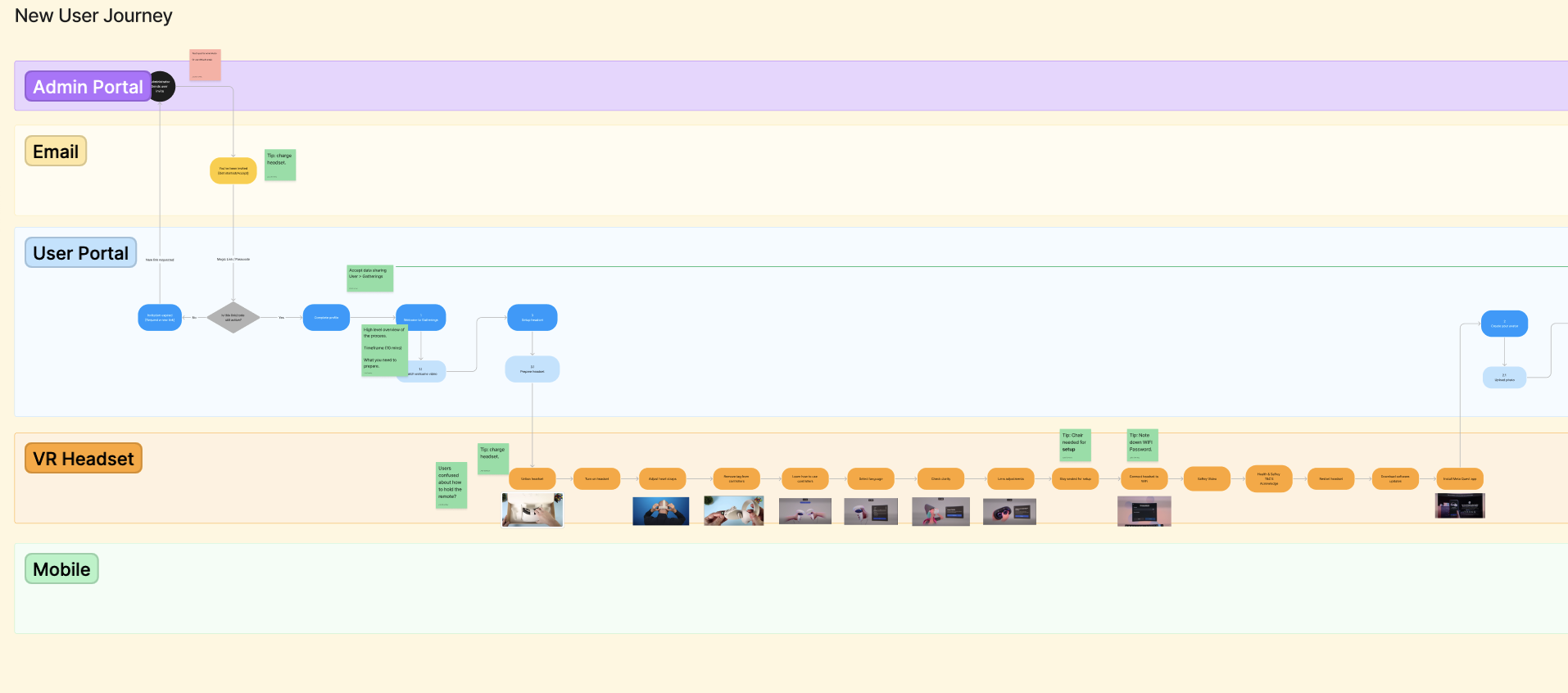
Measurement and evaluation
When evaluating success, CX is typically assessed using customer-centric metrics. These metrics include:
- Net promoter score (NPS): Gauges customer loyalty by asking how likely customers are to recommend the brand. A high NPS indicates strong customer advocacy.
- Customer satisfaction (CSAT): Measures satisfaction with specific interactions or products, offering insights into areas where customer expectations are being met—or not.
- Customer churn rate: Tracks the rate at which customers stop using a service, helping identify potential issues in customer retention and loyalty.
These metrics capture how well a brand is meeting customers’ emotional needs and expectations, showing how likely customers are to stick with and advocate for the brand.
On the other hand, Service Design success is measured through operational metrics that focus on the efficiency and effectiveness of internal processes, such as:
- Service efficiency: Measures the speed and productivity of service delivery, helping identify bottlenecks or areas of delay in workflows.
- Error rates: Tracks the frequency of mistakes or service failures, providing insight into process reliability and areas needing refinement.
- Time to resolution: Measures the time taken to address and resolve customer issues, indicating the responsiveness and effectiveness of the support system.
These operational metrics help pinpoint inefficiencies and quality issues within the service framework, enabling the business to streamline processes and ensure smoother, more reliable service delivery.
Tracking both customer-centric and operational metrics provides a balanced view of business performance, capturing customer sentiment while also highlighting areas to refine in service delivery. Over time, this data can guide strategic adjustments to enhance both CX and Service Design, ensuring an experience that’s both emotionally rewarding and operationally efficient.
Overlapping aspects: customer experience and service design synergies
While Customer experience (CX) and service design (SD) have distinct focuses, they share common goals of delivering seamless, high-quality user experiences. By aligning both, businesses can create more cohesive and effective customer journeys.
How cx and service design work together for a seamless experience
When executed in tandem, CX and SD complement each other. CX ensures that customer interactions are positive and emotionally engaging, while SD focuses on optimising the internal processes that make these interactions possible. Together, they create a unified approach that streamlines service delivery, reduces friction, and ensures a consistent experience across all touchpoints, both physical and digital. As mentioned earlier, SD’s focus on process efficiency enhances the CX by making sure that customers’ needs are met quickly and with minimal effort.
The intersection of customer-centricity and efficient internal processes
The most successful CX strategies incorporate insights from SD, ensuring that customer expectations are not only met but exceeded. Service Design brings the systems and workflows in place to support a customer-centric approach, allowing businesses to respond to customer needs efficiently. This synergy helps brands deliver an experience that feels both personalised and effortless, combining customer-centric strategies with optimised, back-end processes.
How does service design improve customer experience?
Service design enhances customer experience by addressing the underlying processes that support customer interactions. By streamlining workflows, removing inefficiencies, and aligning internal operations with customer needs, service design ensures smoother, faster, and more satisfying experiences. This approach reduces friction at every touchpoint, enabling businesses to exceed customer expectations and build lasting loyalty.
Customer journey mapping in service design
Building on the idea of creating a seamless experience, one of the key tools that bridges CX and SD is customer journey mapping. This process allows organisations to visualise and understand how customers interact with their brand at every touchpoint, ensuring that each step is aligned with their needs and expectations.
How it helps align touchpoints with customer needs
Customer journey mapping in Service Design helps to identify critical moments along the entire customer journey, from first contact to post-purchase. By mapping these interactions, businesses can ensure that both the front-end customer experience and the back-end processes are aligned and responsive to customer needs, reducing pain points and creating more meaningful engagements.
For a deeper dive into customer journey mapping, you can explore our comprehensive guide here.
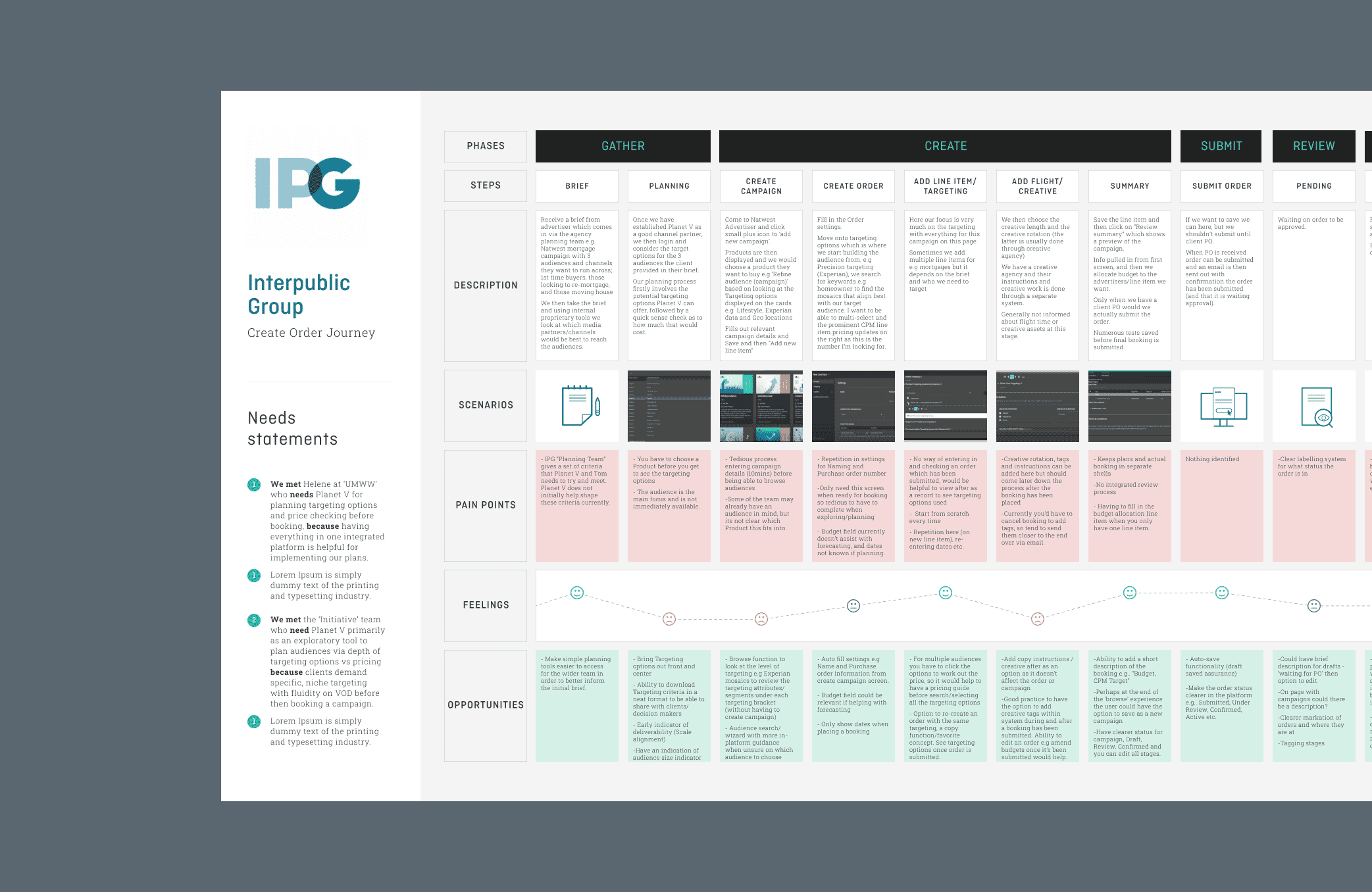
Tools and software for CX design and service design
To optimise both Customer experience (CX) and service design (SD), businesses can rely on several tools that help enhance workflows, improve collaboration, and align services with customer needs.
Customer feedback and survey tools
- Qualtrics: Gathers customer feedback and provides deep insights into customer sentiment.
- SurveyMonkey: Simple tool for designing surveys to measure customer satisfaction scores
Journey mapping software
- Lucidchart: A diagramming tool that helps map out customer interactions.
Analytics tools
- Hotjar: Tracks customer behaviour and provides heatmaps to understand user engagement.
Service blueprinting tools
- Miro: Used to create service blueprints and align customer touchpoints with processes.
Prototyping and wireframing tools
- Figma: A popular tool for designing and prototyping user interfaces collaboratively.
These tools streamline workflows, improve collaboration, and ensure that both customer needs and service processes are aligned for better customer experiences and efficient service delivery.
When to use CX design, service design, or both
Choosing between prioritising customer experience (CX) design, service design, or a combination of the two depends largely on your business’s goals and current needs.
When to focus on CX design: If your primary aim is to enhance customer satisfaction across various touchpoints, customer experience design can be a strong starting point. This approach is ideal for businesses looking to improve customer loyalty, boost engagement, and personalise interactions at each stage of the customer journey.
When to emphasise service design: For businesses aiming to streamline internal operations, improve efficiency, or redesign core services, service design is key. This approach helps ensure that internal processes align seamlessly with customer needs, allowing for consistent, high-quality service delivery.
When to use both: For organisations seeking a holistic approach—improving both internal efficiencies and customer satisfaction—combining CX and service design can be highly effective. By integrating the customer-focused aspects of CX with the process-oriented approach of service design, businesses can create a truly cohesive and memorable experience that meets both operational and customer expectations.
Making the right choice between these approaches—or combining them—can transform how effectively you serve your customers and streamline your service delivery, ultimately leading to more satisfied customers.
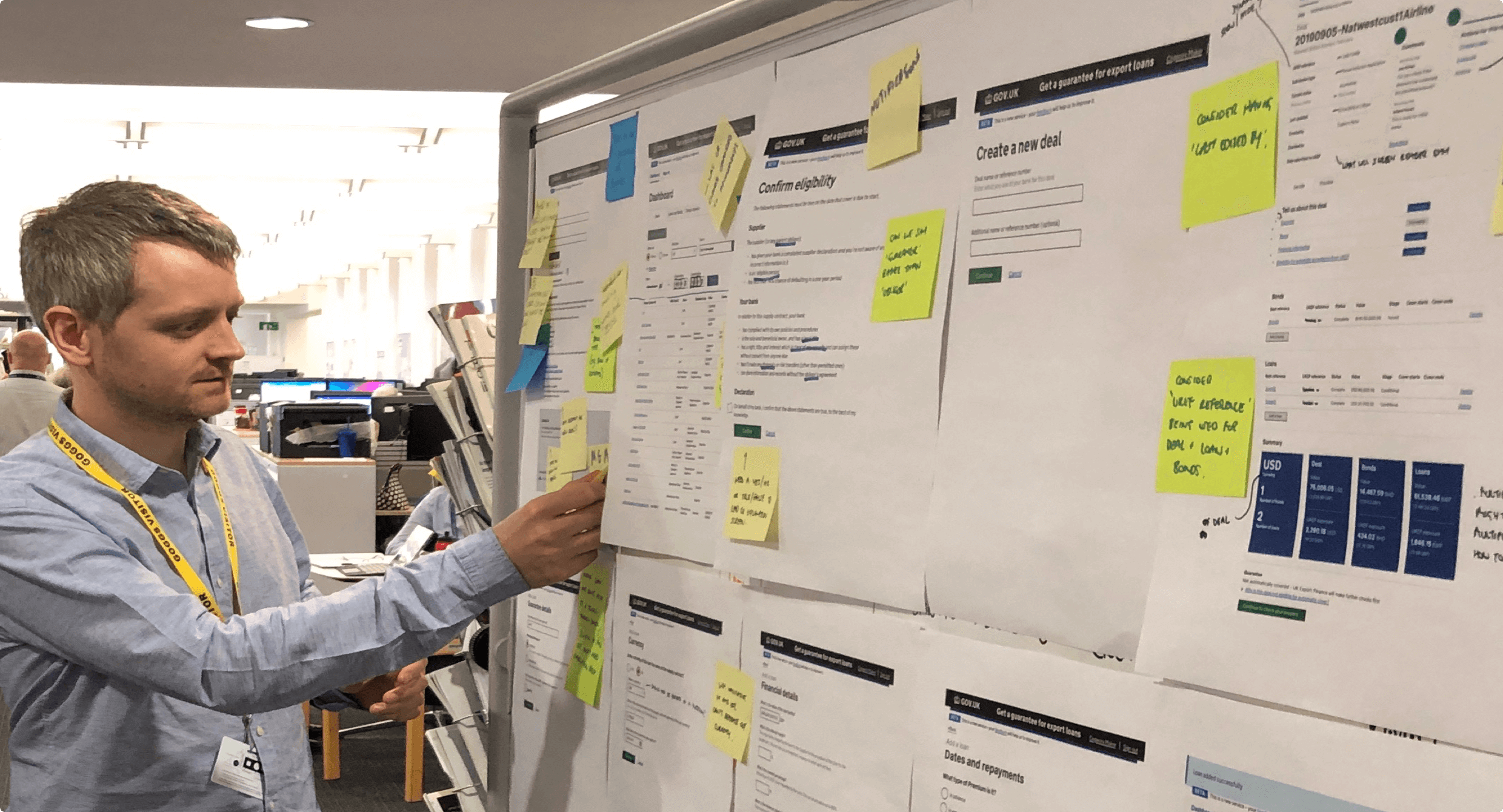
Conclusion: CX vs service design
In conclusion, both customer experience (CX) and service design (SD) are integral to delivering exceptional services, yet they approach the task from different angles. While CX focuses on the emotional journey of customers and how their interactions with a brand make them feel, Service Design centres on refining internal processes and systems to ensure those customer interactions are seamless and effective.
Understanding the synergies between the two allows businesses to create more seamless, efficient, and customer-centred experiences. By combining the customer-centric approach of CX with the process optimisation of Service Design, organisations can drive better customer satisfaction, loyalty, and ultimately, business success.
At Full Clarity, we specialise in helping businesses navigate these interconnected disciplines. If you’re looking to enhance your customer experience strategy or optimise your service delivery through design, we can provide the expertise and support you need. Whether it’s integrating customer-centric insights into your processes or refining your service systems, our team is here to help you achieve long-term success. Get in touch today to discuss how we can assist with your service design projects.
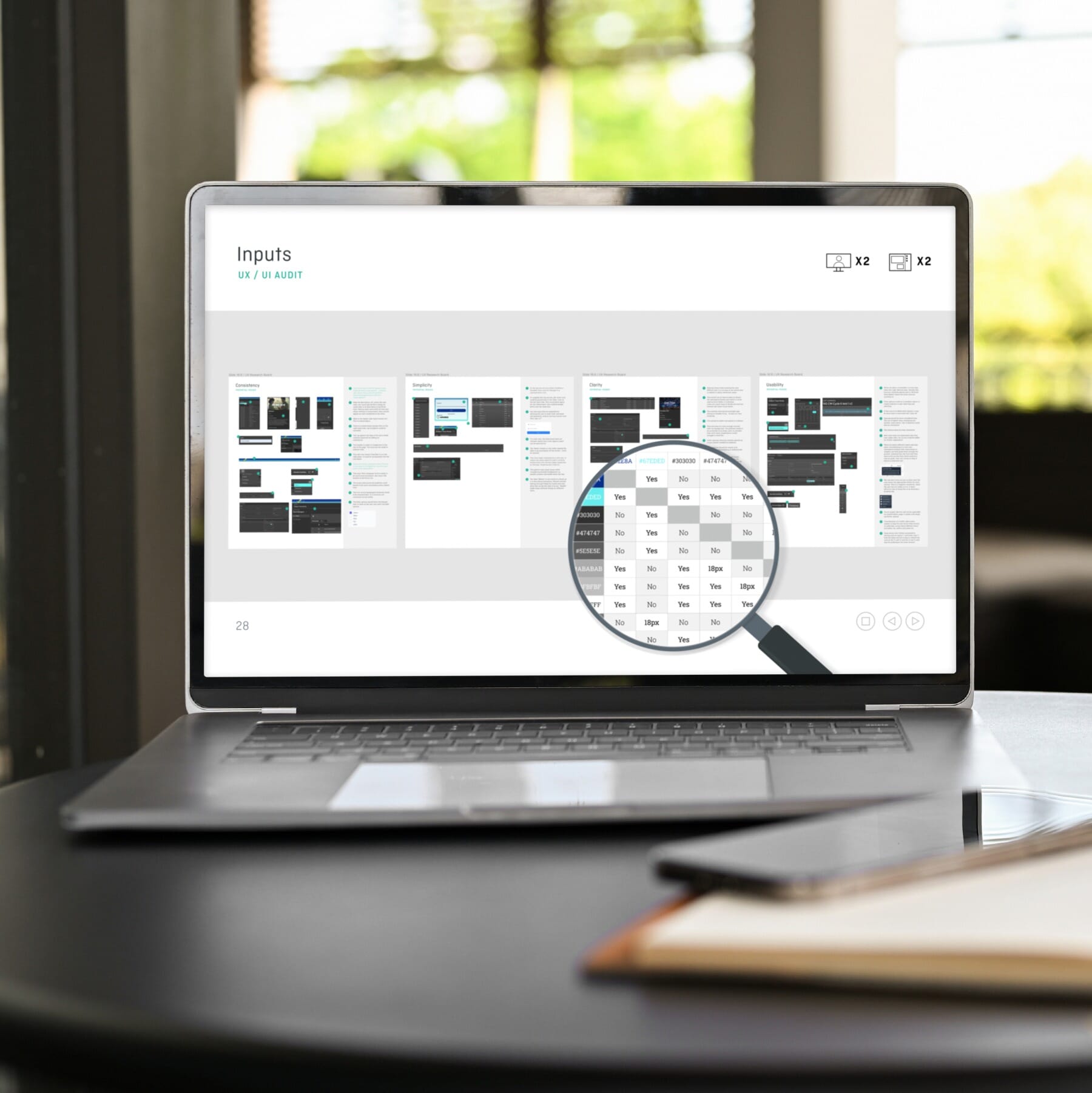
Find out more
If you see yourself working with Full Clarity on any service design or customer experience projects, please do not hesitate to reach out.
Alternatively, check out some of our service pages to see if we could be of any support.




